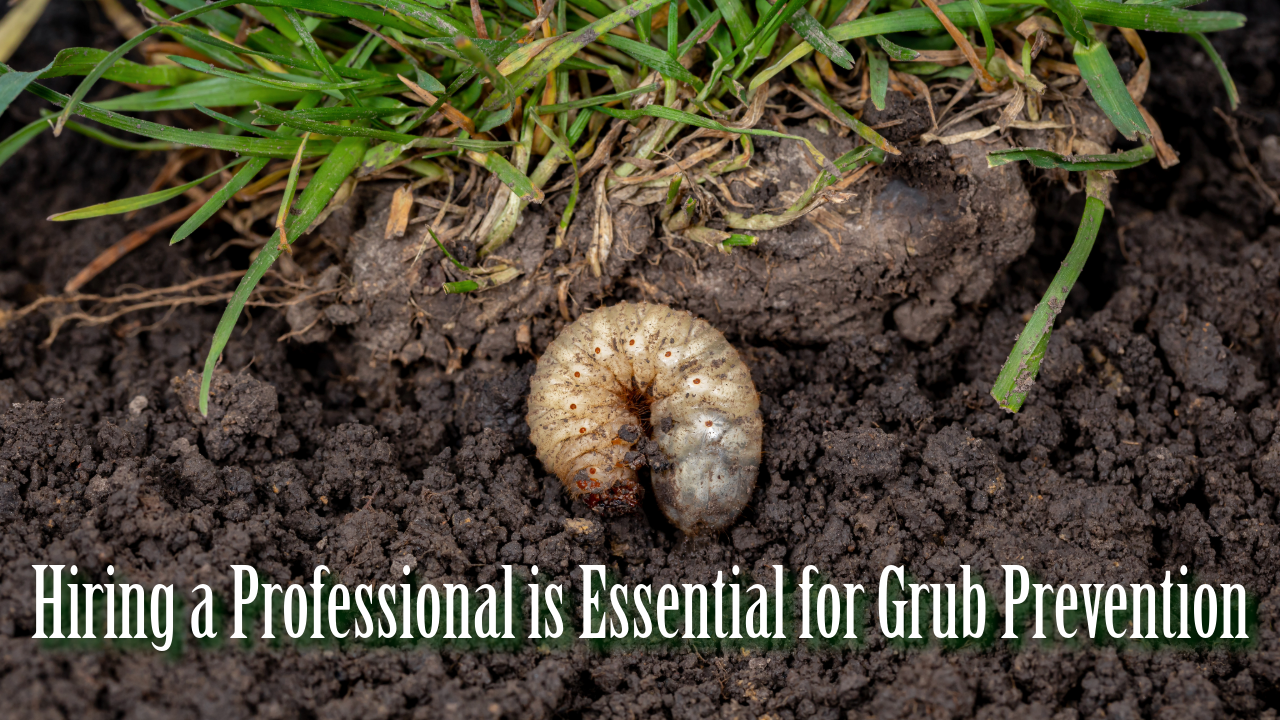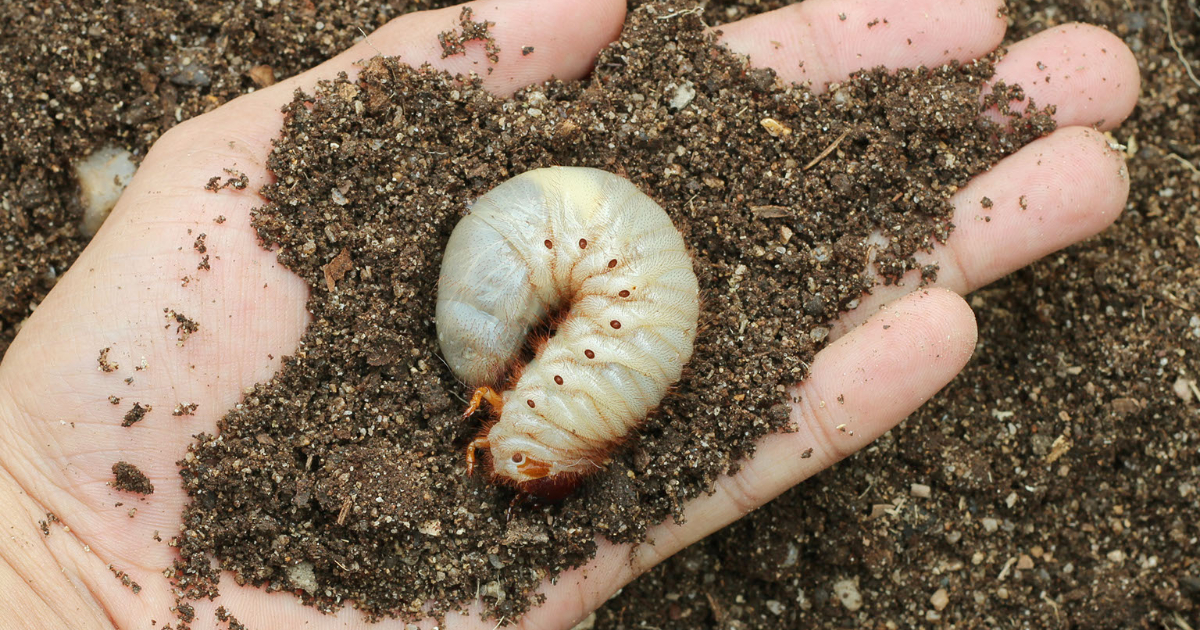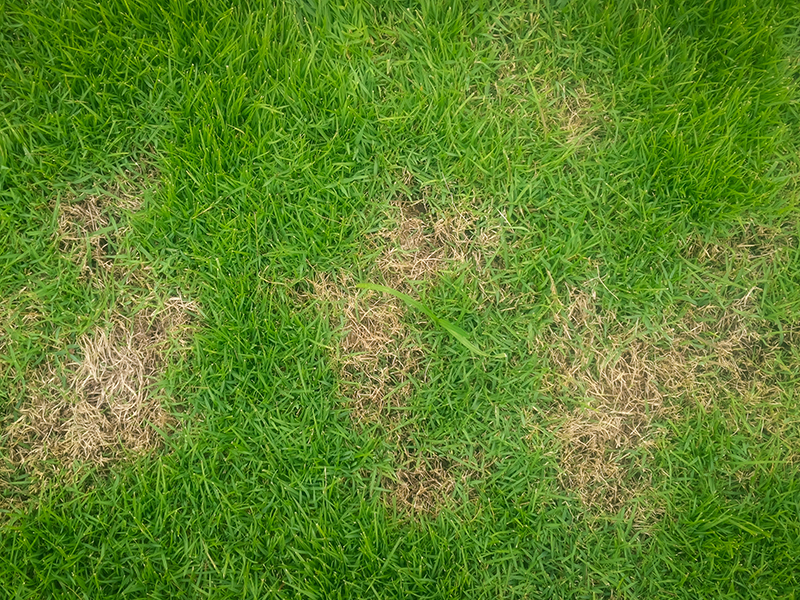Hiring a Professional is Essential for Grub Prevention
yourpagetodayllc2024-04-11T13:11:57+00:00As the sun starts shining brighter and the temperatures begin to rise, many of us eagerly anticipate spending more time outdoors, soaking up the warmth and enjoying our lush green lawns. However, as spring approaches, so does the emergence of unwanted guests beneath the surface – grubs. These pesky larvae of beetles can wreak havoc [...]





